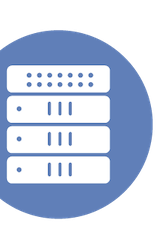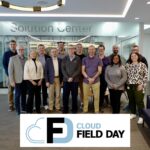|
|
This video is part of the appearance, “Dell Technologies Presents at Cloud Field Day 19“. It was recorded as part of Cloud Field Day 19 at 8:00-11:30 on February 1, 2024.
Watch on YouTube
Watch on Vimeo
Michael Wells, a Tech Marketing Engineer for the APEX Cloud Platform at Dell Technologies, demonstrates the lifecycle management process for updating Red Hat OpenShift and Azure clusters on the platform. The process involves:
- Configuring support portal access with a username and password to check for online updates from the Dell support site.
- Using a local update process when no online updates are available by uploading and decompressing an update bundle.
- Running pre-checks to ensure the cluster is healthy and in a suitable state for updating.
- Reviewing the update details, including versions of software to be updated.
- Executing the update, which includes hardware (BIOS, firmware, drivers), OpenShift software, core OS, CSI, and Apex Cloud Platform Foundation software, all in a single workflow to optimize efficiency and minimize reboots.
- Applying updates to Azure clusters in a similar fashion, including compliance checks and cluster health pre-checks.
- Temporarily disabling lockdown mode on servers during the update process and re-enabling it afterward.
- Performing a rolling update across nodes, with each node being updated one at a time in a non-disruptive manner.
The update process is designed to be efficient, reducing downtime by controlling the sequence of updates and using parallel staging where possible. The system provides detailed progress information and time estimates throughout the process.
Personnel: Michael Wells








